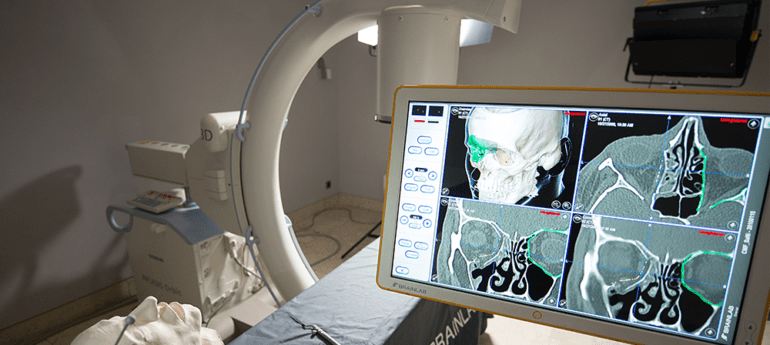TL;DR:
- Researchers introduce a “dual-view” AI algorithm for medical imaging.
- The algorithm provides its own second opinion and identifies potential errors.
- It automates the labeling process, saving significant time compared to traditional methods.
- The AI model shows an average improvement of 3% compared to other imaging evaluation techniques.
- Groundbreaking progress in semi-supervised learning sets new standards in accuracy and efficiency.
Main AI News:
In a groundbreaking development, researchers have unveiled a cutting-edge “dual-view” artificial intelligence (AI) algorithm that not only assists in medical imaging analysis but also offers its own second opinion. Published in Nature Machine Intelligence, this revolutionary AI system presents a game-changing approach to healthcare diagnostics.
Comprising two distinct components, the innovative algorithm seamlessly collaborates to detect and rectify potential errors, setting new standards in accuracy and efficiency. The first part of the AI system emulates how experienced radiologists interpret medical images by meticulously labeling them. Meanwhile, the second part assesses the quality of the AI-generated labeled scans, comparing them to the limited labeled data provided by human experts.
Himashi Peiris, a brilliant PhD candidate from Monash University’s department of electrical and computer systems engineering in Australia, elucidated the significance of their research. “Traditionally, radiologists and medical experts manually annotate or label medical scans, which is a time-consuming and error-prone process,” Peiris explained. “Our dual-view AI algorithm, however, requires almost no time at all, transforming the way we approach medical image analysis.“
By automating the labeling process and employing benchmarking against human-labeled scans, this cutting-edge technology not only saves precious time but also mitigates potential errors and extended waiting periods for patients in need of urgent treatment. By reducing reliance on subjective interpretations, healthcare systems can benefit from expedited diagnoses and enhanced precision.
Peiris et al. extensively tested their algorithm’s effectiveness, comparing it against four other techniques and utilizing public data encompassing diverse modalities, such as CT and MRI scans. The results were nothing short of astounding, with the dual-view AI model exhibiting an average improvement of 3% compared to conventional imaging evaluation methods.
“Our algorithm showcases groundbreaking progress in semi-supervised learning, outperforming previously state-of-the-art methodologies,” Peiris proudly declared. “Even with limited annotations, it demonstrates exceptional performance, unlike algorithms that rely on extensive annotated data.“
Conclusion:
The introduction of the dual-view AI algorithm marks a significant milestone in the medical imaging market. With its ability to provide accurate second opinions and streamline the diagnostic process, healthcare systems stand to benefit from improved efficiency, reduced errors, and faster treatment decisions. The breakthrough in semi-supervised learning paves the way for transformative advancements in medical diagnostics and highlights the increasing impact of AI-driven solutions in the healthcare industry. Businesses in the medical technology sector should take note of this revolutionary development and explore opportunities to integrate similar AI-driven innovations into their product offerings.

